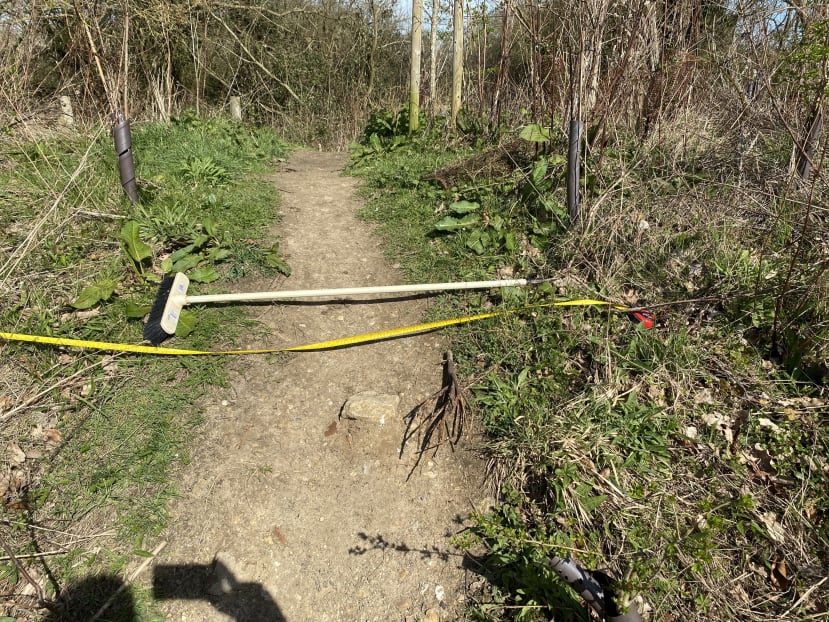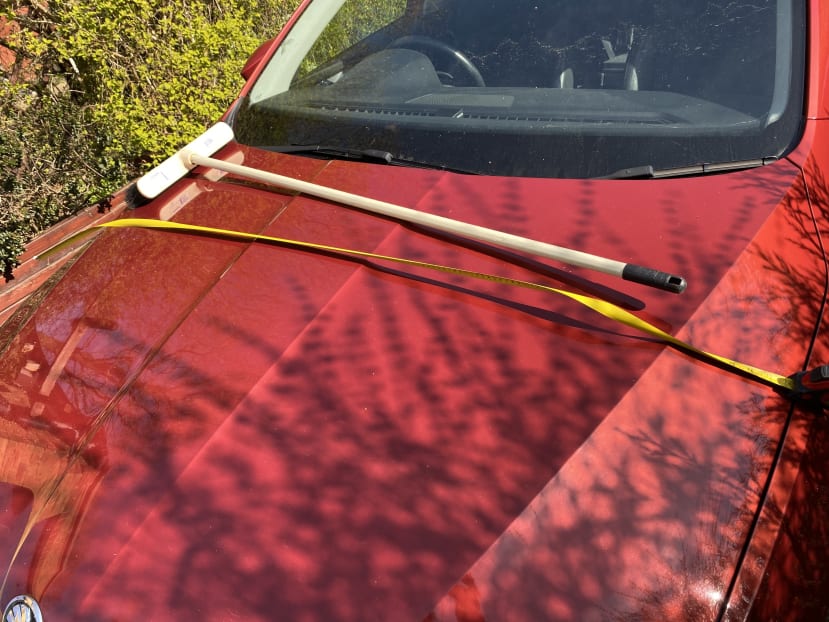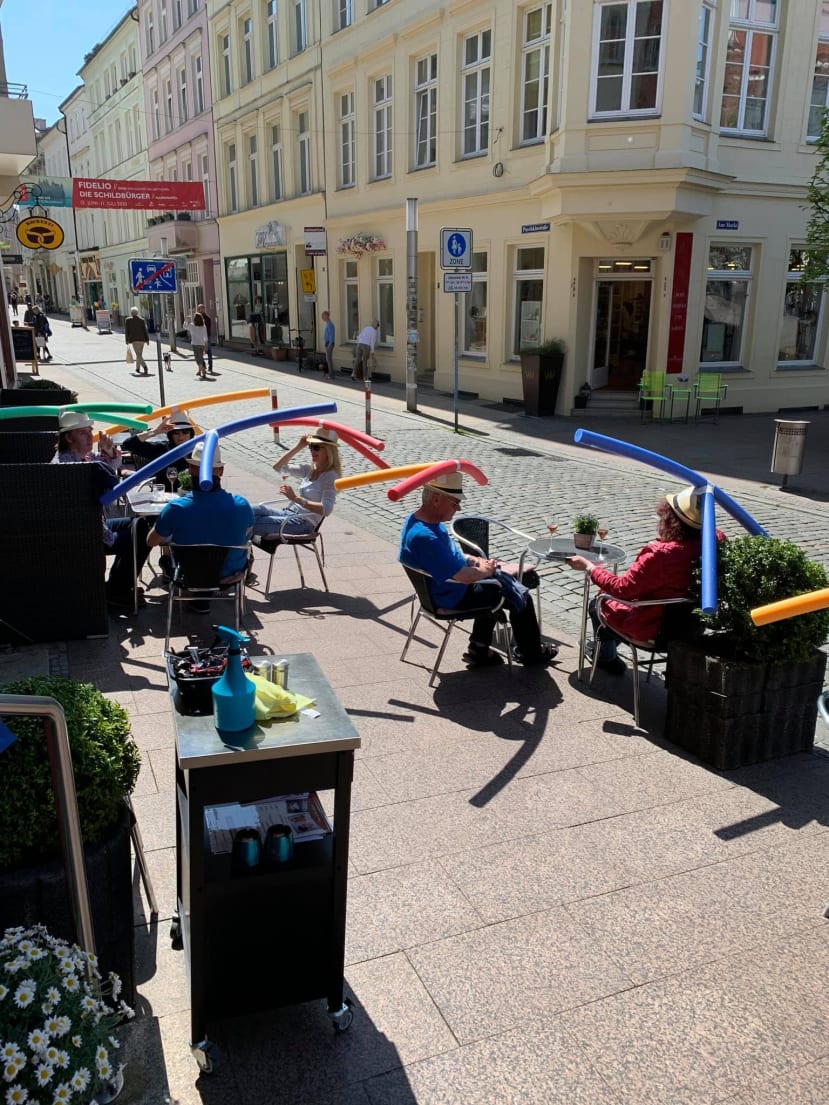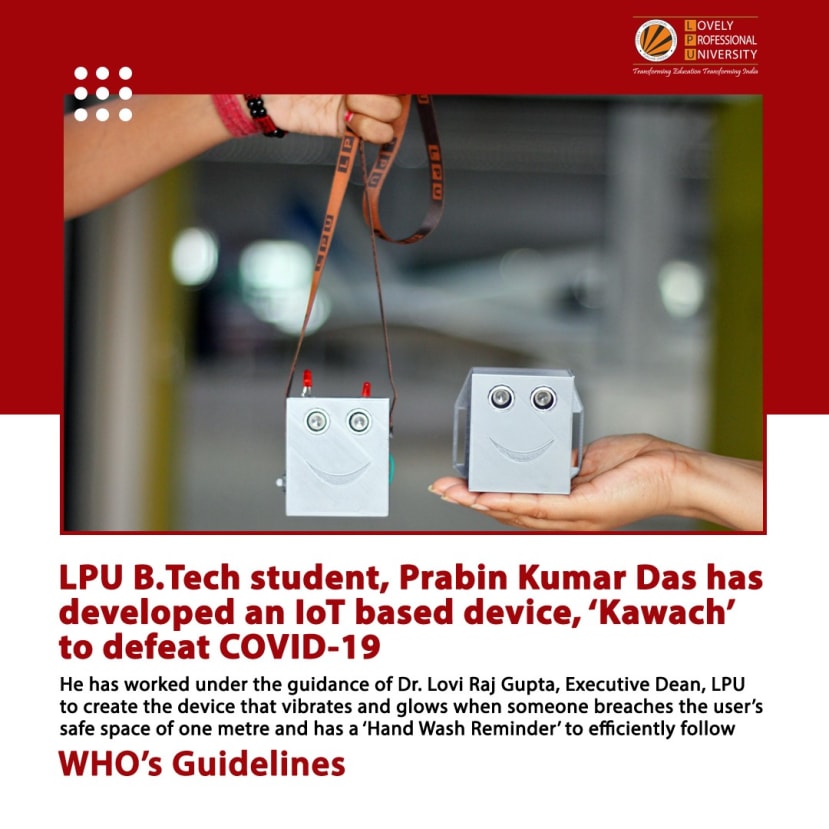Social Distancing Devices
Follow articleHow do you feel about this article? Help us to provide better content for you.
Thank you! Your feedback has been received.
There was a problem submitting your feedback, please try again later.
What do you think of this article?
Socially distancing is simple when there's not many people around - but much harder in more public areas.
One of the things I have enjoyed about lockdown, is seeing the creativity of people trying to solve these new problems.
In March I went out with a tape measure to work out what 2m looked like in real life. I also took a broom (about 1.25m long) as it was something I can use for easy comparisons. It turns out, if I can hit you with a broom, you're too close!
The garage door is just over 2m wide.
Footpath between blackthorn bushes is less than 1m wide.
Well trodden footpath - about 1m wide.
Pavement - less than 2m wide
The thing I use most though is a car. It's about 2m wide. Could a car pass between us? Yes, we're over 2m apart. No? Move further away!
Car is about 2m wide.
However, carrying a broom, or even imagining a car is not always realistic. So I took a look at some of the devices people have developed:
Pool noodles - OK, probably as awkward as carrying a broom, but more fun!
Cafe in Germany giving customers pool noodles to help socially distance.
I love this social distancing laser hat by StupotMcDoodlePip - but I think it may drive the local cats wild trying to chase the lasers!
TheIncredibleMachine have written an Instructables post on how to make a laser distancer of your own:
Joechou_0901 went a step further and used an Arduino and ultrasonic sensors to detect if anything came within 2m in his Instructable post.
Ultrasonic Social Distance Device. Image credit: Joechou_0901
People around the world are making devices - Engineering student, Prabin Kumar Das of Lovely Professional University (LPU) in India has made a pendant device that vibrates and glows if someone gets within 1m. It also gives a beep every 30 minutes to remind you to wash your hands.
This one built by Håkan Lidboin in Sweden uses a set of car parking sensors, battery pack from a robot vacuum cleaner and a broken globe. Whenever someone is 1.5m or closer, the hat beeps. The closer other person gets, the faster it beeps. The total budget for this build was €20
Corona Hat. Image credit Simon Carlgren.
There are also various commercial initiatives already on the market - here's one that uses base stations:
Tharsus' Bump is a Personal Motion System. Not only does it give warnings if you're too close, but it also allows management to understand the way their employees move around a workplace and when they interact.
(UPDATE 17 August 2020 - congratulations to Tharsus as BUMP has been awarded The Royal Academy of Engineers President's Special Award for Pandemic Service)
Tharsus' Bump. Image Credit: Tharsus
The Eqwave works with a phone app and so doesn't require a base station - devices are worn and generate vibration and sound when another device comes too close.
EQ Wave. Image Credit: Equivital
Which devices have you spotted or made? Let me know in the comments!












